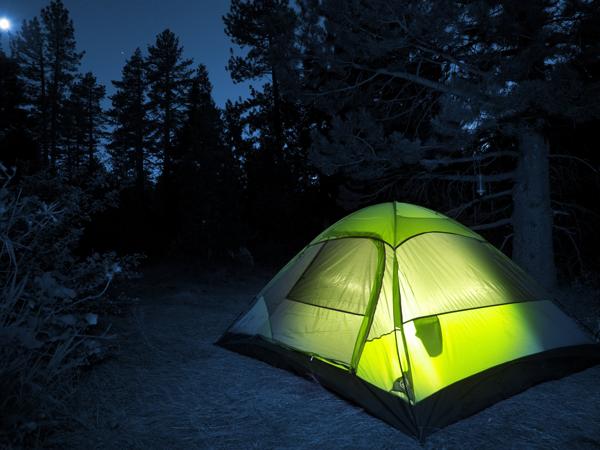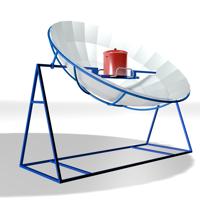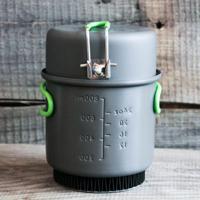Embarking on an adventure where nature dictates the terms can be daunting, but having the right equipment can make all the difference. Lightweight survival tents occupy a crucial space in any survivalist’s gear arsenal, providing essential shelter while being easy to carry.
Choosing a lightweight survival tent can be a challenging task. It’s a balance between durability, weight, and ease of setup. Below, we explore various options available, hoping to assist you on your journey towards preparedness. Please consider personal preferences and specific needs while making a choice.
The Importance of a Lightweight Tent
Survival situations often demand quick mobility. A lightweight tent can fit seamlessly into your pack without adding excessive bulk. They typically weigh between 1.5 to 5 pounds, which is manageable for most hikers and survival enthusiasts. These tents are beneficial for situations where you may need to travel long distances on foot, navigate challenging terrains, or just spend the night in unpredictable weather.
Materials and Construction
When considering a lightweight survival tent, look into materials like nylon, polyester, or cuben fiber. Nylon and polyester offer water resistance, with nylon often being a bit stronger, whereas cuben fiber is lighter and more waterproof but can be more expensive.
Pay attention to the tent’s construction. Double-stitched seams and reinforced corners can enhance durability. A good rainfly is also crucial; it offers added protection against rain and wind, keeping you dry and warm inside.
Examples of Lightweight Survival Tents
1. Big Agnes Fly Creek HV UL2
Weighing in at about 2.5 pounds, this tent provides a nice balance between weight and livability. It has a single main door and a compact vestibule, providing enough space for your gear. The tent uses a lightweight DAC tent pole system, known for its durability and ease of setup.
2. Nemo Hornet Elite
At around 2 pounds, the Nemo Hornet Elite is a favorite among ultralight enthusiasts. Its semi-freestanding design, coupled with dual-stage stuff sacks, makes it incredibly compact and easy to pack. The use of ultralight fabrics keeps the weight down while still offering adequate protection against weather elements.
3. ZPacks Duplex
Although a bit on the pricier side, the ZPacks Duplex is noted for being extremely lightweight at around 1.19 pounds. Made from Dyneema Composite Fabric, it offers remarkable tensile strength and waterproof qualities. Its semi-transparent nature allows natural light inside, which is quite pleasant during daylight.
4. MSR Hubba Hubba NX
Known for its robustness, the MSR Hubba Hubba NX weighs approximately 3.8 pounds. It provides a decent amount of space for its weight and features strong materials and a well-crafted design that includes hearty zippers and strong poles, adding to its durability over extended use.
Things to Consider
Weight vs. Comfort
While shedding the most weight might seem like the goal, consider if the tent provides enough space, or if it gets too cramped for comfort over long periods. Evaluate what trade-offs are acceptable for you.
Weather Conditions
Some lightweight tents are more suited to specific weather conditions. For instance, a tent designed for mild, summer conditions might not fare well in colder temperatures or unexpected weather events like snow.
Setup Ease
In a survival situation, setting up a tent should be as straightforward as possible. Look for designs that allow for rapid assembly, even in low-light conditions or on rough terrain.
Conclusion
Selecting a lightweight survival tent depends heavily on your personal needs and the environments you expect to face. Hopefully, this guide provides a glimpse into some of the options available and the factors to weigh up before making a purchase.
Your choice should support your adventures and provide security in challenging conditions, without weighing you down. Remember, preparation isn’t just about having the right gear, but knowing how to use it effectively. Stay safe, and happy exploring!




